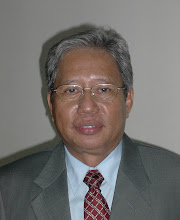Map of Sarawak River Basins


Sarawak State is part of Borneo island and has been divided into 21 river basins, as follows:
- Kayan, 1,645 km2
- Sg. Sarawak, 2,375 km2
- Samarahan, 1,090 km2
- Sadong, 3,550 km2
- Lupar, 6,510 km2
- Saribas, 2,200 km2
- Krian, 1,500 km2
- Lower and Upper Rajang, 47,880 km2
- Oya, 2,195 km2
- Mukah, 2,275 km2
- Balingian, 2,510 km2
- Tatau, 5,260 km2
- Kemena, 6,100 km2
- Similajau, 660 km2
- Suai, 1,540 km2
- Niah, 1,280 km2
- Sibuti, 1,020 km2
- Baram, 22,930 km2
- Limbang, 3,950 km2
- Trusan, 2,615 km2
- Lawas, 1,050 km2.
for more information please visit https://did.sarawak.gov.my/web/subpage/webpage_view/315

Comments